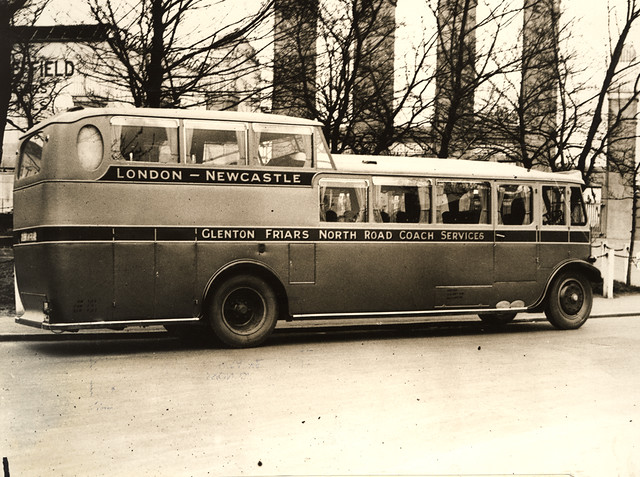Topics > Transport and Travel > Railway > Blyth and Tyne Railway > Blyth & Tyne Railway - 1850s
Blyth & Tyne Railway - 1850s
The Blyth & Tyne Railway became embroiled in the intense competition between larger railway companies - namely he North British Company and North Eastern Railway:
In accordance with his plans the North British Company formed an alliance with the Border Counties Company, thus securing a base at Hexham for future operations. For many years the Blyth and Tyne Railway had been a negligible factor in railway politics. In 1855 it was little better than a waggonway carrying a few passengers in low-roofed springless carriages locally called "bumler boxes." But under the spur of competition, the Directors of the Blyth and Tyne Company were obliged to adopt a policy of improvement and extension. They cut down Prospect Hill again, doubled six miles of railway, built additional shipping staiths in the Tyne, purchased two short colliery lines which formed portions of their main line between Seaton Delaval and Hartley and between Bedlington and Newsham, made a branch line to Morpeth and took the preliminary steps towards extending their line to Whitley and North Shields. The inclusion of their coalshipping staiths in the Northumberland Dock (which was opened on the 22nd of October, 1857), gave additional value to their railway as an outlet for the mineral produce of the Northumberland steam-coal district. In October, 1857, the Morpeth branch was opened for mineral traffic, and on the 1st of April, 1858, for goods and passenger traffic.
A few months later the rest of the North British plans came to light when a scheme was launched under North British auspices for connecting the Border Counties and Blyth and Tyne Railways by means of a railway running along the Wansbeck valley. No one could doubt what was the real object of the line, which passed through a thinly-populated district without manufactures and with very few mineral resources. It was obviously promoted to complete a new route between Morpeth and Edinburgh, which would enable the North British Company to coerce the North Eastern Company into paying them a larger proportion of the joint revenue or offering better terms of amalgamation….
Extract from: Tomlinson, William Weaver. The North Eastern Railway; its rise and development, 1915.






